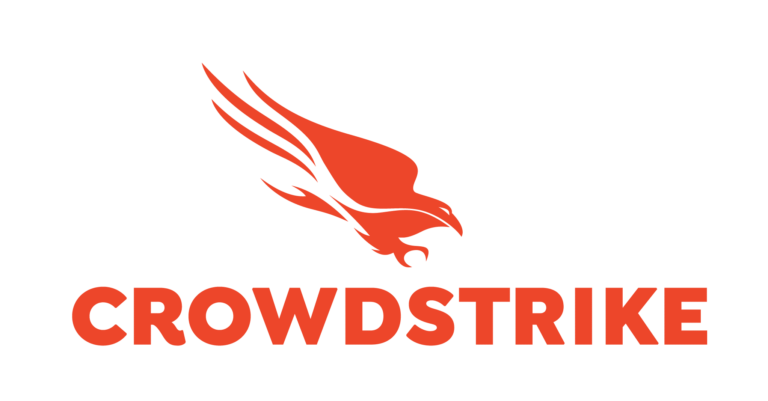This information is provided by our friends at Agile IT – specialists in Cloud Migration in Azure.
Cloud software brings many advantages, but it presents the challenge of tracking and managing their usage and cost. Over time, a business finds itself using many services and applications, with multiple cost centers. There are always ways to use the cloud more efficiently, but finding the best ways to optimize is complicated.
Azure Cost Management gives businesses the tools to track and optimize their cloud spending. It shows cost and usage patterns for Azure services and third-party Marketplace applications, and it suggests ways to optimize spending. Over 70% of Azure enterprise customers use Azure Cost Management, and it can even be used with non-Microsoft cloud services.
Azure Cost Management
The product is a suite of cloud tools for centralized management of the costs of Azure applications and services. It’s included automatically with the Microsoft Enterprise Agreement and pay-as-you-go plans. In fact, there’s no extra charge for using it within Azure.
Key terms in Azure Cost Management are visibility and accountability. It is easier to determine how much in both the short and long run is spent. It shows where the costs are coming from within the company. The tools use the information they gather to generate recommendations for configuring the services more economically.
The suite can be used with AWS and Google Cloud Platform in addition to Azure. This feature is currently available in preview at no cost; later there will be a charge tied to the use of the cloud platform.
Azure Cost Management is similar to an earlier offering, called Cloudyn. The latter was originally called Azure Cost Management by Cloudyn, which can be confusing. Cloudyn is still offered, and it covers some cases which Azure Cost Management doesn’t as yet. The long-term plan is to replace Cloudyn with the newer product.
Cost Management Tools
All the tools are available from the Azure portal. They let the operator get an overall view or focus on specific aspects of the company’s cloud deployment. The information can be in the form of graphic analyses, numbers, recommendations, or alerts. Intelligent use of the tools can determine where costs should be allocated and where savings are possible.
Cost Analysis
The Cost Analysis tool can show current and cumulative costs as well as making forecasts. Four built-in views are provided, based respectively on accumulated cost, daily cost, service, and resource. Customized views can use specified date ranges and group data by common properties. Big one-time costs can be amortized.
Many grouping and filtering options are available. Grouping determines how the data is broken down; filtering selects which costs the analysis includes. Use of these options lets management see which departments are spending the most and what types of services account for the greatest costs. Cost analysis views can be shared for later use.
Recommendations
Many Azure account types support recommendations in cost management. This is a feature under Cost Analysis. Recommendations identify inefficiencies or recommend purchases to save money. For example, if so many VMs are allocated that most of them almost always sit idle, a recommendation will propose shutting down or deallocating some of them. An alternative is to downgrade them to a less expensive class. Conversely, a recommendation may suggest buying reserved machine instances to reduce pay-as-you-go costs.
Following recommendations is always a judgment call, of course. If usage levels are subject to major swings, paying for VMs that are usually idle may be worth the cost.
A recommendation is based on 14 days of analysis. It will show the potential yearly savings of taking the suggested actions.
Exporting and Downloading

Cost information often needs to go to accountants, be copied into databases, or be processed by other software. Azure Cost Management can export data in CSV or Excel format. It can create one-time reports or generate them on a regular schedule. Each run of a scheduled export creates a new file, leaving old exports untouched.
Exports can cover the past seven days’ data or the month to date. They can align with invoicing periods, even if they aren’t the same as calendar months.
Exported data can be brought automatically into other financial systems or made available for viewing as a spreadsheet.
Use with AWS
While Azure Cost Management can’t be as tightly integrated with AWS as it is with Azure services, it can still provide valuable information. It can link AWS consolidated accounts.
Setting it up requires actions on both the AWS and Azure accounts. It involves setting up a cost and usage report (CUR) integration in Azure and creating a CUR in AWS. AWS delivers reports into an S3 bucket, where Azure Cost Management picks them up.
Creating a management group for all cross-cloud providers allows an overall view of all Azure and AWS costs. It’s also possible to set up separate management groups for each provider.
This feature is free during the preview period. Afterward, Azure will bill 1% of the AWS monthly costs.
Learn More About Azure Cost Management
Microsoft provides rich resources for learning how to use Azure Cost Management. The best place to start is with the Microsoft documentation. It includes quickstarts, tutorials, how-to guides, resources, and reference materials. There’s also a downloadable PDF which contains most of the essential information in one document.
The technical overview on YouTube is worth the half-hour it takes to watch it. There’s also a playlist of informational videos, most of them under five minutes.




